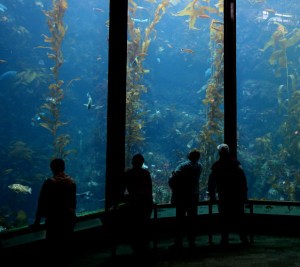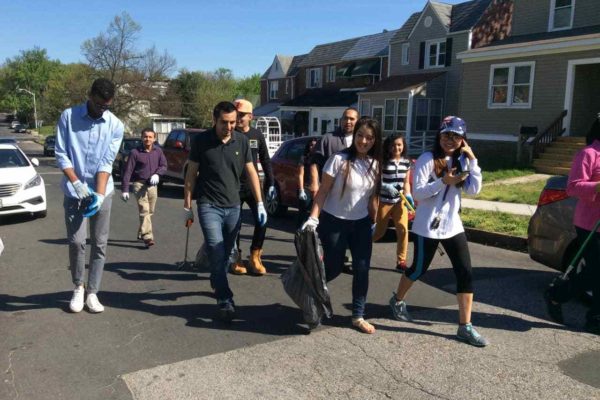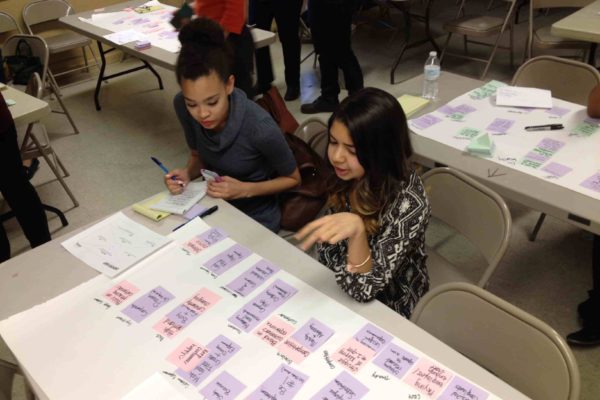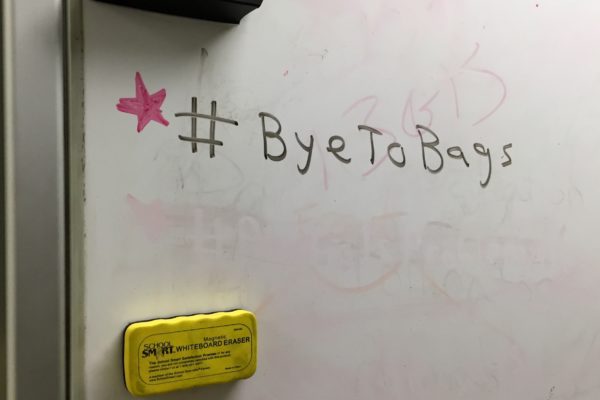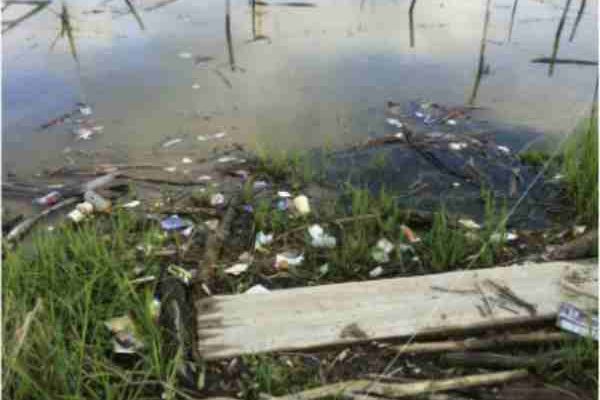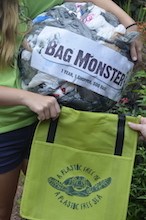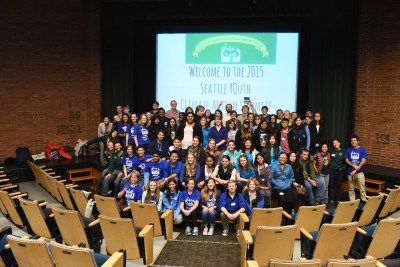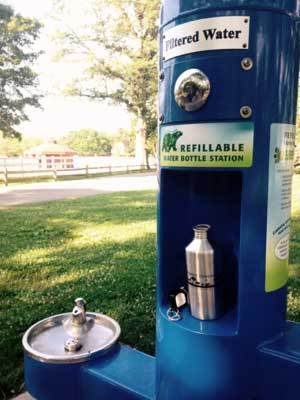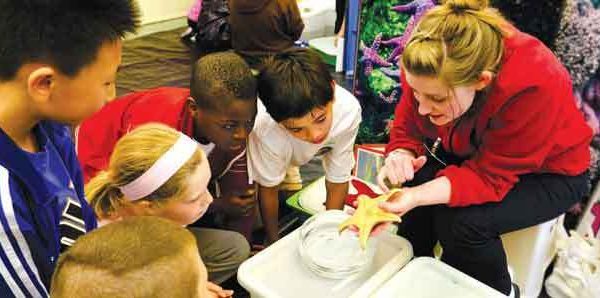The Innovative Solutions Grants+ Program (active 2010-2015)
Leading the charge for conservation impact in the Zoo, Aquarium, and Museums (ZAM) community
Please note: The funding from NOAA for this innovative and effective program is no longer available due to congressional budget cuts for environmental and ocean literacy. We gained strong proof of concept from working with aquarium and zoo awardees and look forward to applying this type of program in some capacity in the future as it was exceedingly cost effective.
The Grants+ Program evolved from The Ocean Project’s efforts to help our partner organizations (i.e., zoos, aquariums, and museums or ZAMs) more effectively advance conservation action by engaging minorities and youth; it allowed us to invest in community innovators by providing not only financial resources, but also free strategic communications services and evaluation help for stronger conservation impact. Thanks to funding from the National Oceanic and Atmospheric Administration (NOAA), we awarded approximately $400,000 in grants of up to $30,000 to ZAMs that also came with pro bono strategic communications coaching and technical expertise to catalyze peer-to-peer sharing and learning. While these grants were only available to US-based and AZA-accredited ZAMs–due to stipulations from NOAA–the lessons learned continue to benefit the ZAM community as a whole, both in the U.S. and throughout the world. In addition to the links below, you can read about more recent examples on our blog.
Why ZAMs?
ZAMs are increasingly exploring opportunities to advance conservation by encouraging their guests to join them in taking action, including behavior change and improving policy. The Ocean Project has supported our partner ZAMs since 1997 with public opinion and market research, and other tools and resources aimed at understanding how we can effectively engage visitors, the public, and policymakers for conservation outcomes.
Public opinion research has shown that ZAM visitors' interest in environmental issues tends to spike during a visit. Moreover, it tells us that visitors not only trust ZAMs, but also expect and appreciate information from them about ways to help protect the animals and the environment. When considering the 200 million visitors to ZAMs each year in the United States, alone, there is a huge potential for conservation impact!
Please see our latest collaborative work for effective visitor engagement, including a focus on conservation policy for the last several years.
Updates from past grantees
-
ISG+ update: Connecting Ocean Conservation and Community Engagement at the National Aquarium
Posted on June 21, 2016Continue readingThis guest post, by Gabrielle Roffe and Curtis Bennett of the National Aquarium’s Conservation Department is the second in a 3-part series on their Innovative Solutions Grants+ project. This project will be addressing the issue of marine debris by implementing a new approach to community engagement, with a specific focus on building our connection with the […]
-
ISG + Update: Philadelphia Zoo’s energy study goes live!
Posted on March 7, 2016Continue readingThis guest post by Wei Ying Wong of Philadelphia Zoo is a follow up to the previous blog on Philadelphia Zoo’s Innovative Solutions Grants+ project. They’re exploring a new way of evaluating long-term conservation behavior change, specifically home energy use, in visitors to the zoo’s KidZooU exhibit. We’re live! As a quick addition, we are pleased […]
-
ISG+ New Project: Tasting Sustainability at the Arizona-Sonora Desert Museum
Posted on March 2, 2016Continue readingThis guest post is submitted by Debbie Colodner, Director of Conservation Education and Science from the Arizona-Sonora Desert Museum, and is the first in a 3-part series on their Innovative Solutions Grants+ project where they are partnered with Leading for Good to see if they can move the needle on sustainable seafood in Tucson, Arizona. Some might […]
-
ISG+ New Project: Zoo ALIVE Teen Volunteers at the Saint Louis Zoo say #ByetoBags … and ask that you do too!
Posted on February 25, 2016Continue readingThis guest post is submitted by Kirinne Slaughter at the Saint Louis Zoo, and is the first in a 3-part series on their Innovative Solutions Grants+ project. Building on the Better Bag Challenge For more than a decade, the Zoo ALIVE (Active Leaders In Volunteer Education) Teen Volunteers at the Saint Louis Zoo have been educating zoo […]
-
ISG+ New Project: Connecting Ocean Conservation and Community Engagement at the National Aquarium
Posted on February 16, 2016Continue readingThis guest post, by Gabrielle Roffe and Curtis Bennett of the National Aquarium’s Conservation Department is the first in a 3-part series on their Innovative Solutions Grants+ project. This project will be addressing the issue of marine debris by implementing a new approach to community engagement, with a specific focus on building our connection with the Hispanic communities near […]
-
ISG+ Final Report: Survey Says… ZooTeens at Riverbanks Zoo and Garden spur visitors to action!
Posted on January 19, 2016Continue readingThis guest post by Director of Education, Elizabeth Clemens, and Coordinator of ZooTeens and Scout Programs, Syndi Castelluccio, of Riverbanks Zoo and Garden is their final in a 3-part series on their Innovative Solutions Grants+ project, which investigates how engaging with teens and receiving incentives can impact zoo guest behavior. Sailing Along… The Riverbanks Zoo and Garden’s ZooTeen volunteers […]
-
ISG+ Final Report: Seattle Youth CAN works to combat climate change
Posted on January 10, 2016Continue readingThis guest post by Eli Weiss of Woodland Park Zoo is the third in a 3-part series on their Innovative Solutions Grants+ project, exploring how teens in the Seattle area can empower each other and their peers for action on climate change. What we have to celebrate As we wrap up our first year with […]
-
ISG+ Update: Will Philadelphia Zoo guests save energy to save “Nemo”?
Posted on December 16, 2015Continue readingThis guest post by Wei Ying Wong of Philadelphia Zoo is the second in a 3-part series on Philadelphia Zoo’s Innovative Solutions Grants+ project. They’re exploring a new way of evaluating long-term conservation behavior change, specifically home energy use, in visitors to the zoo’s KidZooU exhibit. Hi! Welcome to our coral reef exhibit. Are there […]
-
10 ways your zoo or aquarium can reduce plastic use
Posted on November 3, 2015Continue readingThere is growing public awareness about the troubling accumulation of plastics in the environment, particularly in the oceans. Luckily, we are in a unique position to turn the tides on plastic use and disposal. Association of Zoos and Aquariums accredited institutions are trusted conservation organizations with millions of visitors annually. We can lead by example […]
-
Congrats! New Innovative Solutions Grants+ awardees announced
Posted on September 10, 2015Continue readingFor over 18 years, The Ocean Project has been advancing conservation in partnership with zoos, aquariums, museums, and other visitor-serving organizations around the country and the world. We’ve provided strategic resources and tools to help our network of partners effectively engage visitors, both onsite and online so that together we can solve issues in our backyards […]

